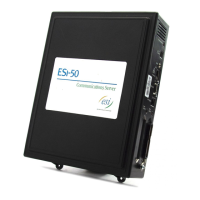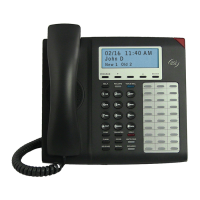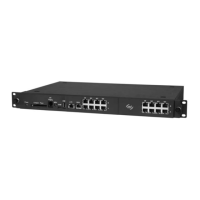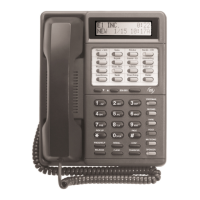ESI Phone
User’s Guide
FOR ESI Communications Servers
ESI-1000 • ESI-600 • ESI-200 • ESI-100 • ESI-50
Covering these current ESI phone models:
ESI 60 Business Phone • ESI 40 Business Phone
24-Key Feature Phone • ESI Cordless Handset II
. . . and these legacy ESI phone models:
48-Key Feature Phone • 12-Key Feature Phone
[Original] ESI Cordless Handset
0450-1047
Rev. L
For on-line help, visit www.esi-estech.com/users.
About ESI
ESI (Estech Systems, Inc.) is a privately held corporation based in Plano, Texas. Founded in 1987, ESI designs and
builds innovative telecommunications products for businesses like yours. Because of their powerful combination of
value and features, ESI products are consistently recognized by industry publications and leaders.
Copyright © 2011 ESI (Estech Systems, Inc.).
Esi-Dex, Quick Groups, Quick Moves, Virtual Mailbox Key, AutoPage, Quick Page and Verbal User Guide
are trademarks, of ESI. Act! is a registered trademark of Symantec Corporation. Goldmine is a trademark of
Goldmine Software Corporation. Ethernet is a registered trademark of Xerox Corporation. Microsoft, Windows, NT and
Outlook are registered trademarks of Microsoft Corporation. Intel is a registered trademark of Intel Corporation.
Panasonic and DBS are registered trademarks of Matsushita Electric Corporation of America. Bluetooth is a registered
trademark of the Bluetooth Special Interest Group (S.I.G.), Inc. Information contained herein is subject to change
without notice. ESI products are protected by various U.S. Patents, granted and pending. Visit ESI on the Web at
www.esi-estech.com.








